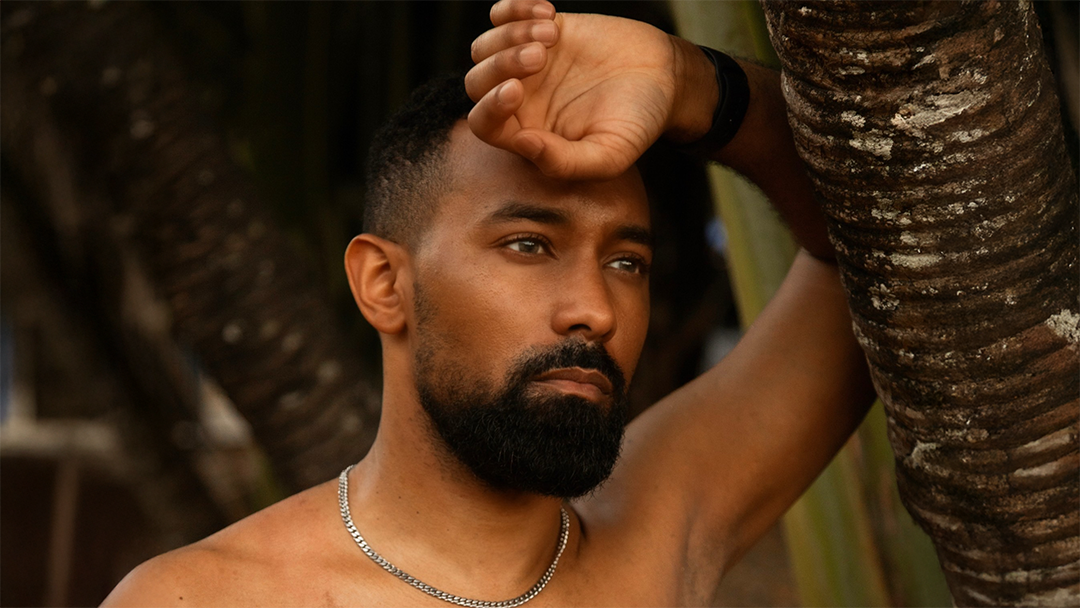Avatar: The Last Airbender: The Rise of Kyoshi brought the franchise into the world of prose in a beautiful way. Never slouching in the credit it gives its readers, one of the novel's central mysteries never explicitly outlines its solution -- but the answer is there.
At the start of the story, there are tremendous difficulties in identifying Avatar Kuruk's successor. Age-old methods for pinpointing the next Avatar prove ineffective, but in order to figure out why that is, readers are forced to connect the dots on their own.
The Rise of Kyoshi opens with Avatar Kuruk's former travelling companions frustrated with the ongoing search for his successor. Since the Avatar Cycle indicates that the next Avatar will be born of the Earth element, the sages of the Earth Kingdom take charge in that process. Whereas Air Nomads use the toy selection method seen in the original series, in the Earth Kingdom Avatars are identified by quadrisecting the earth and following the quadrant a pebble lands in. Following the cardinal direction indicated by the quadrant where the pebble lands, the method steadily narrows down the direction of the Avatar.
But the sages had a massive problem: the direction just kept changing. Each time that Jianzhu, Kuruk's companion, and his party followed the direction indicated by the pebble, they would arrive in a new location where the pebble would reverse its direction. The constant frustrations of their otherwise impeccable method of identification caused Jianzhu to seek other methods of identifying his friend's successor, and the result was that he ultimately settled on a faulty choice. A street urchin named Yun was declared the next Avatar, while Kyoshi grew up believing she was abandoned by her parents in a rugged fishing village.
When the truth finally comes out that the methods of selecting the next Avatar were mistaken, none of the characters ever outline specifically why their methods never worked. The more we find out about Kyoshi's past however, the more the answer becomes apparent. The pebble kept landing in a different spot because the direction of the true Avatar was always in a different spot. Kyoshi was raised by members of the Flying Opera Company who traveled around the world on the back of a flying sky bison. Wanted by the law, Kyoshi's parents likely fled any time Jianzhu's party approached, as they feared his pursuit.
Not only does this explanation serve to answer the question of why the identification methods failed, but it also answers Kyoshi's core question about why her parents abandoned her. Believing they were being hounded by authorities everywhere they went, they ultimately left Kyoshi behind in fear for her safety, all without realizing that she was actually the very person the sages sought. As Kyoshi herself begins to travel the world by sky bison, she reflects on the unmatched mode of travel, never quite realizing that its peerlessness is the exact reason she evaded Jianzhu's search all that time.
The subtlety in the writing is magnificent, particularly for a licensed book few would approach with high expectations. It would have been entirely possible for the novels to coast by on the reputation of the franchise alone, but writer F.C. Yee instead brings a maturity and respect to the material that pays off in dividends.
To answer questions so deeply important to the plot in such a subtle manner is no easy task, yet Yee conducts the process with aplomb and, in so doing, ensures a rewarding experience for readers seeking the same depth in quality that first pulled them into the original series.
About The Author

